Mark Knopfler: "People say, ‘How do you get that sound?’ Well, I plugged it in and then I started fiddling with the knobs..."
Classic Interview: One of the world's most respected players on Down The Road Wherever, his love of cheap electrics and why he's thinking of taking guitar lessons

We spoke to Mark on the release of his 2018 album, Down The Road Wherever.
Classic Interview: Loving guitars means you’ve got to love the cheap ones as well,” Mark Knopfler reflects as he leans back in his chair in the control room of his studio in West London.
“A really powerful part of my childhood was gazing longingly at those things. I didn’t know whether it was going to be a Futurama or a Hofner or a Burns Sonic that I was going to get first. But I was desperate for something. Boy, I loved them and I still do. You never escape that.”
He should know. Four decades on from Dire Straits’ debut hit, Sultans Of Swing, in 1978, he’s still making records that are, among other things, love letters to the sound of the guitar in all its many guises.
His latest album, entitled Down The Road Wherever, is also his most autobiographical record in a while, and its 14 songs include many unsentimental portraits of the life he led as a gigging guitarist in Newcastle and Deptford before big-time fame hit.
As usual, there’s also plenty of those unhurried, emotive guitar lines that linger in the memory – including some offbeat but moving moments that only Knopfler could pull off.
Halfway through the slide solo in Just A Boy Away From Home, for example, you realise that the melody he’s coaxing from the guitar is You’ll Never Walk Alone – Knopfler phrasing the old hymn from the football terraces beautifully and investing it with fresh emotional power.
Want all the hottest music and gear news, reviews, deals, features and more, direct to your inbox? Sign up here.
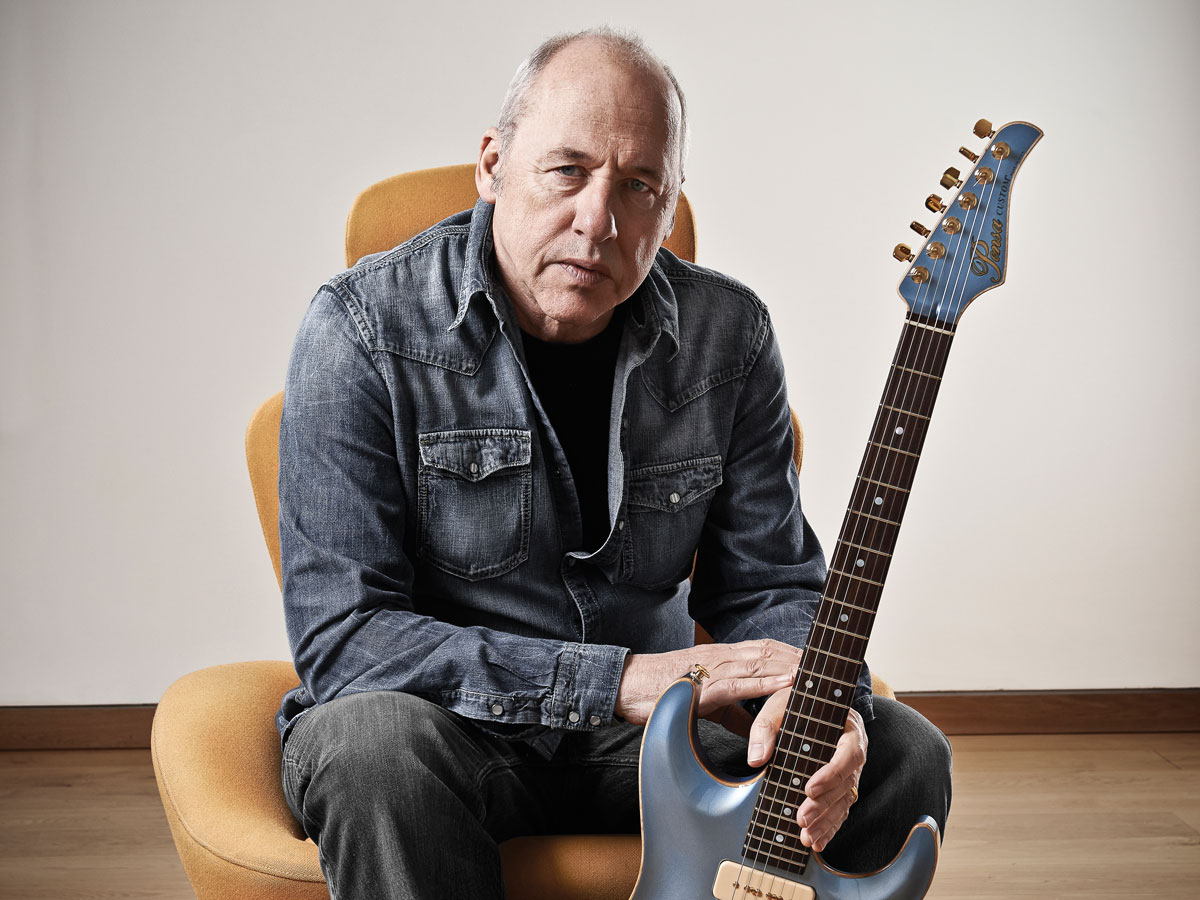
“The idea of it actually came from when my dad was in hospital in the General in Newcastle,” he explains.
“He’d had his first heart attack after he retired and he’s lying in there in the middle of the night feeling maybe just a little bit sorry for himself, when he hears someone singing as they’re walking past. It’s right near St James’ Park and it was in the middle of the night. So it was obviously a Liverpool lad who had missed his train or his bus home, you know? And he’s on his own and he’s singing You’ll Never Walk Alone – and I think my dad found it sort of like a little sign to keep his chin up.
“It’s great that that should happen and I’ll tell you this as well: somebody will have helped [the Liverpool fan] out, taken him down to the station, got him a cup of tea, asked him if he’d got any money, you know… put him on a train or told him what time the first train for Liverpool would be and all of that. That’s Newcastle for you,” he says, with evident pride in his home turf.
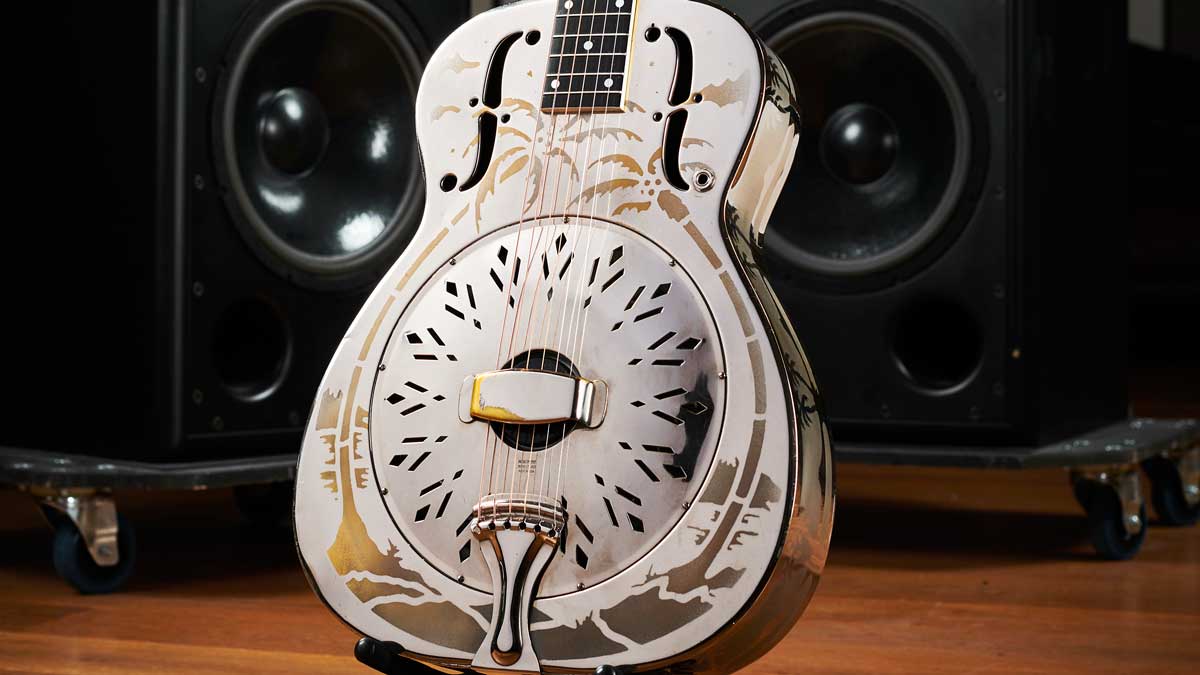
The solo is just one of the guitar highlights of the record, but it stands out not only for the quote but for the deft slide work. Knopfler’s well known for his fretted playing, but the roots of his slide playing, which is less frequently talked about, are actually even older, he explains.
“I could do Elmore James-style steel from the very, very beginning when I was just a kid,” he explains. “After I heard it, I could just kind of do it. I don’t know whether I could do it very well, but I was doing it straight away. I probably wouldn’t like to hear it now. It was just pure Jeremy Spencer kind of thing.”
The remark opens up a bit of discussion about his unmistakable playing style, which borrows freely from blues, country and folk without hanging its hat on any one of those classic genres in particular. Like many guitarists, early exposure to a really good record collection – belonging to his friend and musical sparring partner Steve Phillips – laid the blueprint for Knopfler’s approach to the guitar.

“Even when I would be about 20 or so, I was already steeped in a lot of early country blues and everything,” he recalls. “We were listening to all of that stuff because Steve had a record collection and so I’d be around there most nights just drinking his coffee and listening to Blind Willie [Johnson] and all of these people. It’s stuff like that, listening to everything going back to the 20s, maybe even before: early jug band, string band stuff.
“Steve’s house became like a university of the blues for me… as well as the Nationals and all of that. Everything. I think that’s the background of my acoustic fumblings and that started to develop to where I’d take liberties and the thumb would start to play the top strings and the fingers on the bottom – and I was always losing the pick anyway,” he says, explaining how his distinctive style of playing the electric guitar with fingers only evolved from those early acoustic days.
If you’ve done a lot of listening, if you’ve gone back to both black roots and white roots in music, it might just give you a bit of depth as a writer
“Then when I could afford an amplifier and started with Gibsons and Fenders and all the rest of it, I could already find my way around and I’d done a lot of listening,” he explains. “I think if you’ve done a lot of listening, if you’ve gone back to both black roots and white roots in music – folk and blues, all of those styles – it might just give you a bit of depth as a writer, I think.”
Coming back to the present, he adds that the slide work on Just A Boy was done using the Fender single-coil sounds most people associate him with.
“That would be one of my Strats: just a regular Strat or one of my signatures,” he says. “Though I also sometimes use a really early ‘Coke bottle’ Danelectro, with one pickup, for slide. Speaking of cheap guitars, I once had a 12-string Dan’ and I was getting up from my chair and I put my thumb straight through the top of it. Straight through the body, and I realised, ‘Oh, this thing’s chipboard – there’s nothing to it.’”
Wasn’t that stuff dubbed ‘Masonite’ by Danelectro, we offer?
“This wasn’t Masonite. You wouldn’t have even used it for a picnic table,” he laughs.

Elsewhere in the album, there are more portraits of life from Knopfler’s earliest days as a pro guitarist, including what is arguably the best song on the album, Matchstick Man, which tells the story of a musician hitchhiking north on a snowbound Christmas Day after playing a dead-end gig in Cornwall.
The lyrics describe how a truck driver drops the young man off at a high crossroads overlooking a bleak plain of snow. It’s a song that’s somehow larger than its subject, speaking of what it means to choose your own path through life, without signs, maps or encouragement to guide the way.
“And who would you be, vagabond?” the lyrics ask. “No-one invited you, you know.”
Was this a chapter from Knopfler’s own experience, we wonder?
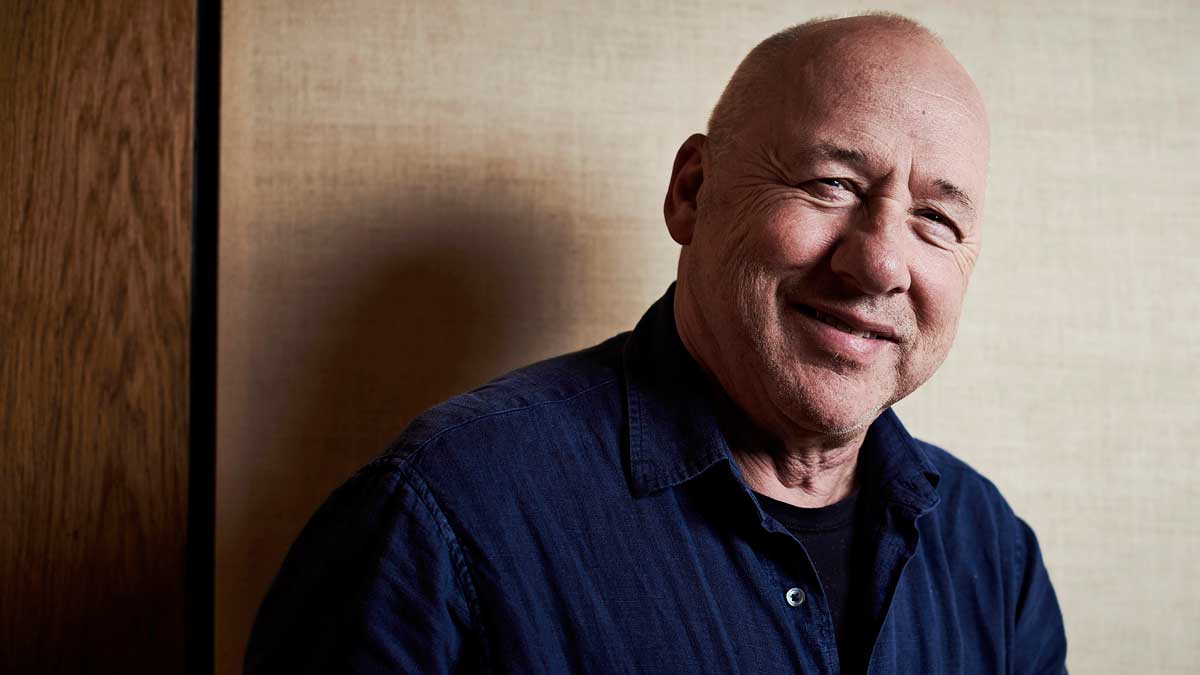
“Yes. I was standing there with the realisation of what I’d chosen to do in life,” he recalls. “It didn’t bother me. You’re young and you’re just full of it and I didn’t even look to see how far it was from Penzance to Newcastle. I don’t think I even knew it was 500 miles back then, you know? I would climb up into trucks with a guitar all the time, because, you know, from college and stuff, I used to hitch with a guitar all the time. It’s unthinkable now. I wouldn’t do that now. With a guitar? You’re kidding, aren’t you? But there you are, that’s just the way I was.
“Actually, it did take a while to get a break in music after that,” he recalls. “I got a job that saved my life for a while and I earned some money that actually enabled me to swap my motorcycle for a car and to buy a Fender and stuff like that. It just got me back operating again and eventually to be able to get Dire Straits together.”
Sultans Of Swing was No 1 all over the world, but I didn’t get any money from it for ages
After years of living hand to mouth as a gigging guitarist, was the sudden transition to worldwide fame after Sultans Of Swing a bit of a shock to the system?
“It was probably fast by a lot of other people’s standards, but I felt as though I had been working all my life towards it,” Knopfler says. “I was 28 when Sultans broke, when that first album burst open all round the world. We were still living in Deptford, and with the record deals back then when you first signed, they wouldn’t give you any money for 18 months. I think they’re still like that today, actually.
“So it was No 1 all over the world, but I didn’t get any money from it for ages, and we were still living there for a good while. But I managed to move up the road after a few years. All those deals get renegotiated, in return for which you give them more albums, that’s how it works. And it slowly edges up to where you get a reasonable royalty.”
Nonetheless, he remains grateful for the lean years when there was nobody to carry your amp from van to venue for you.

“I know plenty of musicians who have never unloaded a lorry and I think, I’m sorry for them, because if you’ve never really done anything like that then you don’t really know what it’s about. What people are thinking, all the rest of it,” he says.
The new album isn’t all grizzled autobiography, however. There are moments of offbeat humour to be found in tracks such as My Bacon Roll, which gives voice to the frustrations of middle-aged men on corporate team-building days. Drovers’ Road, by contrast, is the kind of rugged ballad with a stirring Celtic inflection that Knopfler made his own from Local Hero onwards.
“I don’t think it’s ever very far from the surface,” he says of the Celtic influence on the track, but adds that he’s far from being a pious disciple of folk music tradition.
I would put a concrete mixer on a record if I thought that it was going to help it
“I’ve got to the stage where if there was a Celtic band playing I would spoil it with my Les Paul or something, you know? If I write something like that and if it’s got an instrumental coda that goes between the verses, something like Laughs And Jokes And Drinks And Smokes, I’m quite happy to put some guitar in there. I don’t mind sort of crashing in through the French windows of a folk tune that’s being played,” he admits.
“I’m not much of a purist, you know – I don’t really think there has to be a classical form for anything. I would put a concrete mixer on a record if I thought that it was going to help it. I don’t want to be orthodox necessarily. It’s like those people who say, ‘Oh, this is an English folk club,’ you know. You’re joking aren’t you? Go and fuck yourself! I’m not interested in that kind of thing.
“It’s like bluegrass. There are people who think, ‘Oh, well, it’s not bluegrass unless it’s got a Dobro and a fiddle and banjo and a flat-top guitar and you can only play with a pick, and whatever else…’ Well, who cares? I love all that music, but a lot of the new stuff, it’s far too fast. I call it ‘turbo grass’. Actually, if you listen to the really great people – you know, Bill Monroe and the people who started it – it’s not played that fast. The originals never really played that fast.”
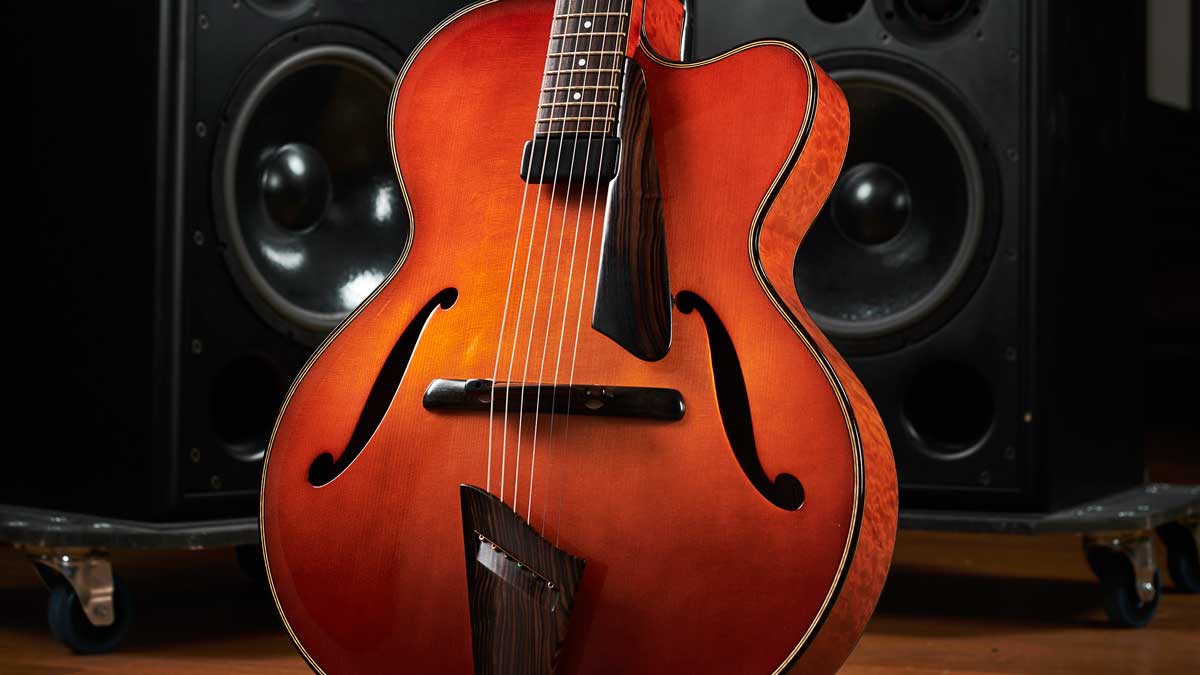
Knopfler adds, as an aside, that his intense focus on songwriting in recent years has left him wanting to brush up on his own playing technique a bit, to the extent that he’s even toying with the idea of taking guitar lessons.
“You do get one thing at the expense of the other to a certain extent. I certainly think that my playing has suffered from just being so preoccupied with writing songs over the years. I’m not bitching about it, I love songwriting more than anything and that is why I’ve ended up where I am with it, with the guitar.
“I tell you the truth, though, I’d like to have a guitar teacher come round on a Tuesday morning or something and ring the bell, and not set me a load of theory but just talk about a little passage or a little sequence and leave it with me and then go through it with me the next week… That’s exciting to me, because I’ve never had a teacher like that. I don’t want to start learning some shit that I’m not interested in, but there’s lots and lots of other stuff I’d still love to get into.”
People say, ‘How do you get that sound?’ Well, I plugged it in and then I started fiddling with the knobs until I got something that I quite liked
It’s heartening, if surprising, to learn that Knopfler feels he could use a few lessons this far into his career – meaning there’s surely hope for the rest of us yet. All the same, on the evidence of tracks such as Drovers’ Road and Nobody’s Child, it’s clear he hasn’t got too much to worry about.
Knopfler sounds great on the album: as well as the languid, lyrical phrasing he does so well, the guitar sounds are top-drawer throughout. But anyone hoping to crib detailed notes from the Knopfler school of guitar tone is in for a disappointment, he reveals.
“People say, ‘How do you get that sound?’ Well, I plugged it in and then I started fiddling with the knobs until I got something that I quite liked [laughs]. That’s how I did it. But I can tell you some things that I do,” he admits. “I’ve just found on my old Tone King amp, for instance, that I like the rhythm channel better than the lead channel for a lot of things that I do.”
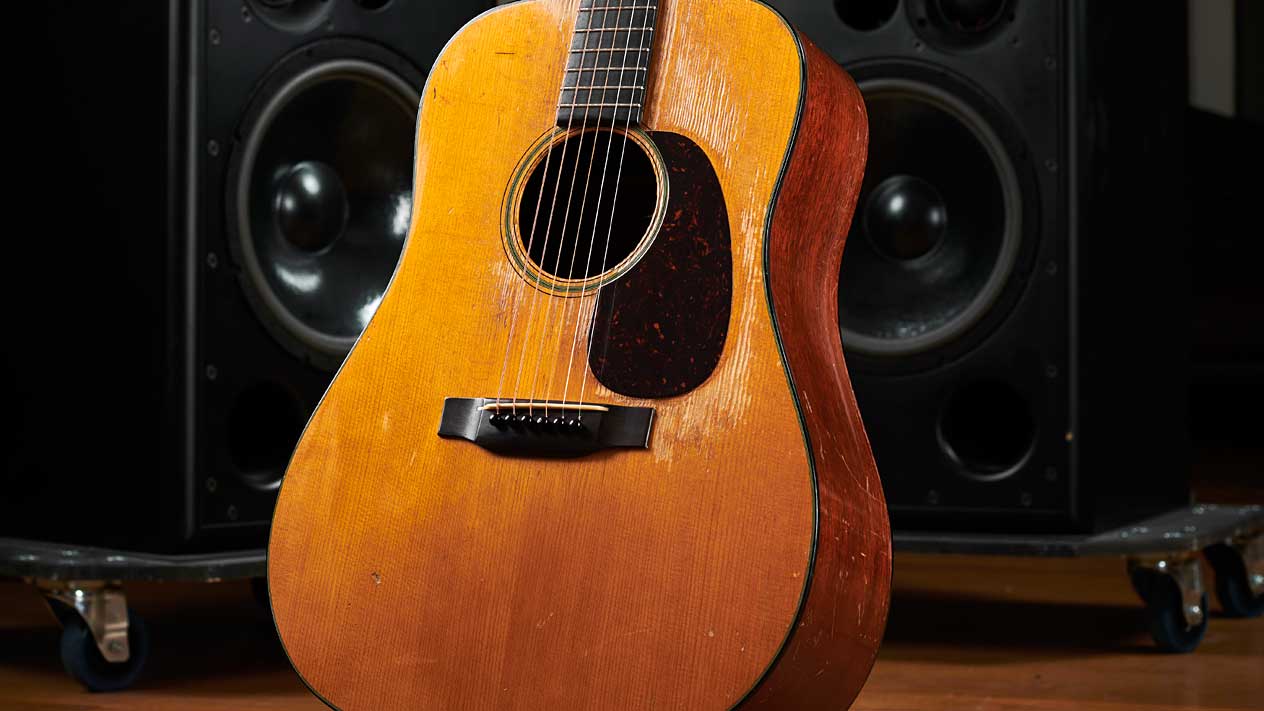

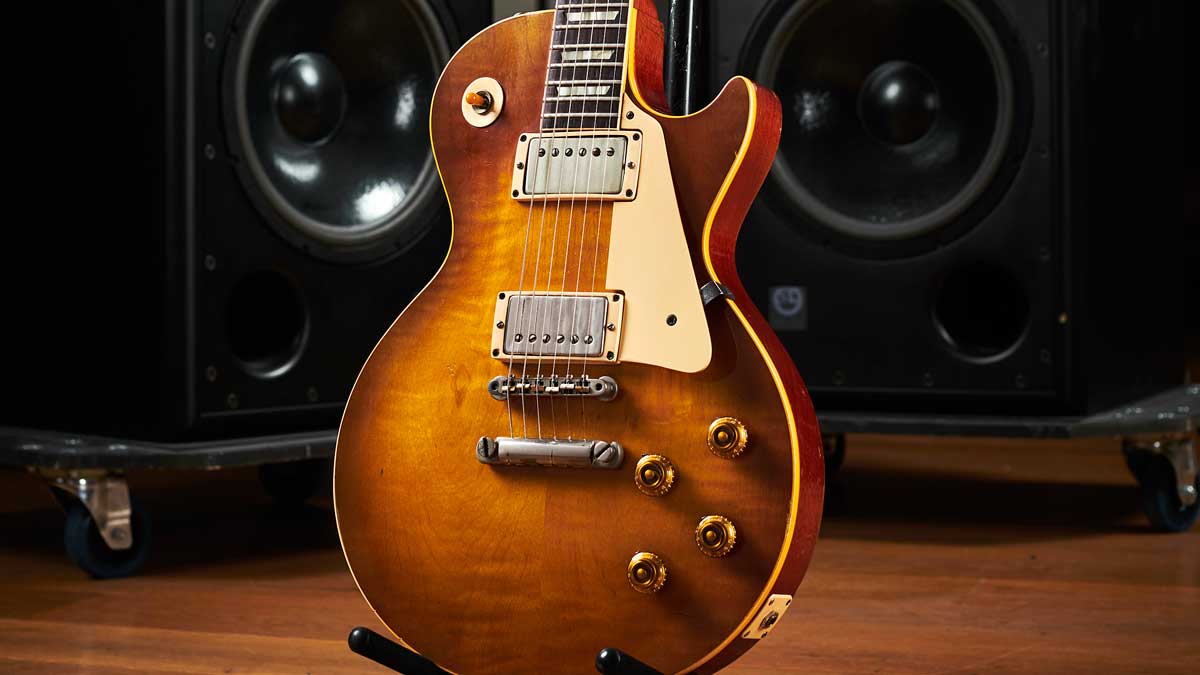
When it comes to the guitars used on the album, he says it’s a mixture of his go-to vintage instruments and lesser-used guitars that had a more specific role in tracking certain songs.
“There’s a slew of Les Pauls on the album. Gibson copied my ’58 [pictured opposite] and they did it so well that I used a few of those. Just out of interest, I would try one or two, and one of them would just maybe slot into a song better than another and it’s so amazing why the hell that happens, but they’ve all been just a joy to use. I’ve a very nice ’59 Les Paul, too, which gets used from time to time, which is lovely.
“There would definitely be P-90s, too; I think P-90s are just great pickups. I find that there’s often more tone in them than others, don’t you? There’s a reason why I keep going back to them. So the 330 gets used a little bit. I use a Gretsch every now and again. I use a Rickenbacker for some ‘chings’ or some ‘drings’ occasionally.
The thing about the great old jazz guitars, the great old cello guitars, is that as time goes on you can do anything with them
“Acoustically, it’d be the Martin, the 1935 D-18,” he says. “If I’m strumming straight chords I like to use an old Gibson Southerner from about ’53 because it just shivers straight across – it’s nice and even. If I was doing rhythm, maybe on One Song At A Time, it would probably be that if I was just hitting it with a pick and playing straight rhythm chords. If I was using a cello [archtop], it would most likely be the D’Angelico Excel, from ’37, which was an amazing time for D’Angelicos.
“The thing about the great old jazz guitars, the great old cello guitars, is that as time goes on you can do anything with them,” he adds. “What I’m trying to say is I could play a song that’s ostensibly out of character for it and it will handle it, you know? You can play straight cowboy chords or just pick on them. They’re just uncanny the way that they are.”
Knopfler ascribes some of the incredible musicality of these guitars to the exacting tradition of archtop building, passed down from master to apprentice, that links the D’Angelico Excel to the younger but equally refined Monteleone that also forms part of his collection.
“It’s an apprentice system,” Knopfler explains. “Just like D’Aquisto was apprenticed to D’Angelico, then John [Monteleone] started doing stuff for D’Aquisto as an apprentice. I asked John Monteleone who his apprentice is and he said, ‘I haven’t got one. Never found anybody.’
“There must be less kids now that can subject themselves to that kind of discipline. It’s a nutty discipline, though, the standards are so high, you know? But when the Monteleone has been around as long as the D’Angelico it will also sound like that, which is scary to think about – but I’ll be long gone,” he concludes, with a smile.
Jamie Dickson is Editor-in-Chief of Guitarist magazine, Britain's best-selling and longest-running monthly for guitar players. He started his career at the Daily Telegraph in London, where his first assignment was interviewing blue-eyed soul legend Robert Palmer, going on to become a full-time author on music, writing for benchmark references such as 1001 Albums You Must Hear Before You Die and Dorling Kindersley's How To Play Guitar Step By Step. He joined Guitarist in 2011 and since then it has been his privilege to interview everyone from B.B. King to St. Vincent for Guitarist's readers, while sharing insights into scores of historic guitars, from Rory Gallagher's '61 Strat to the first Martin D-28 ever made.


